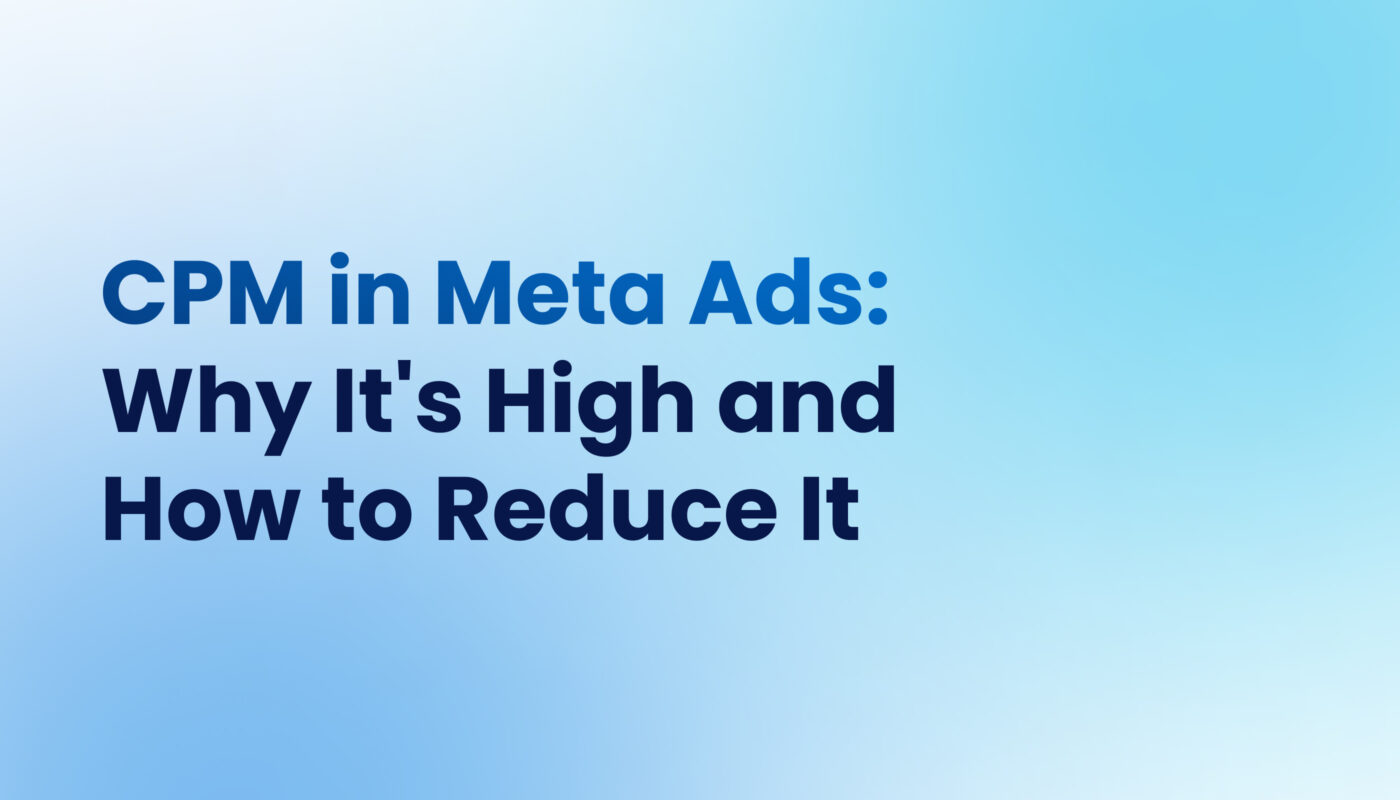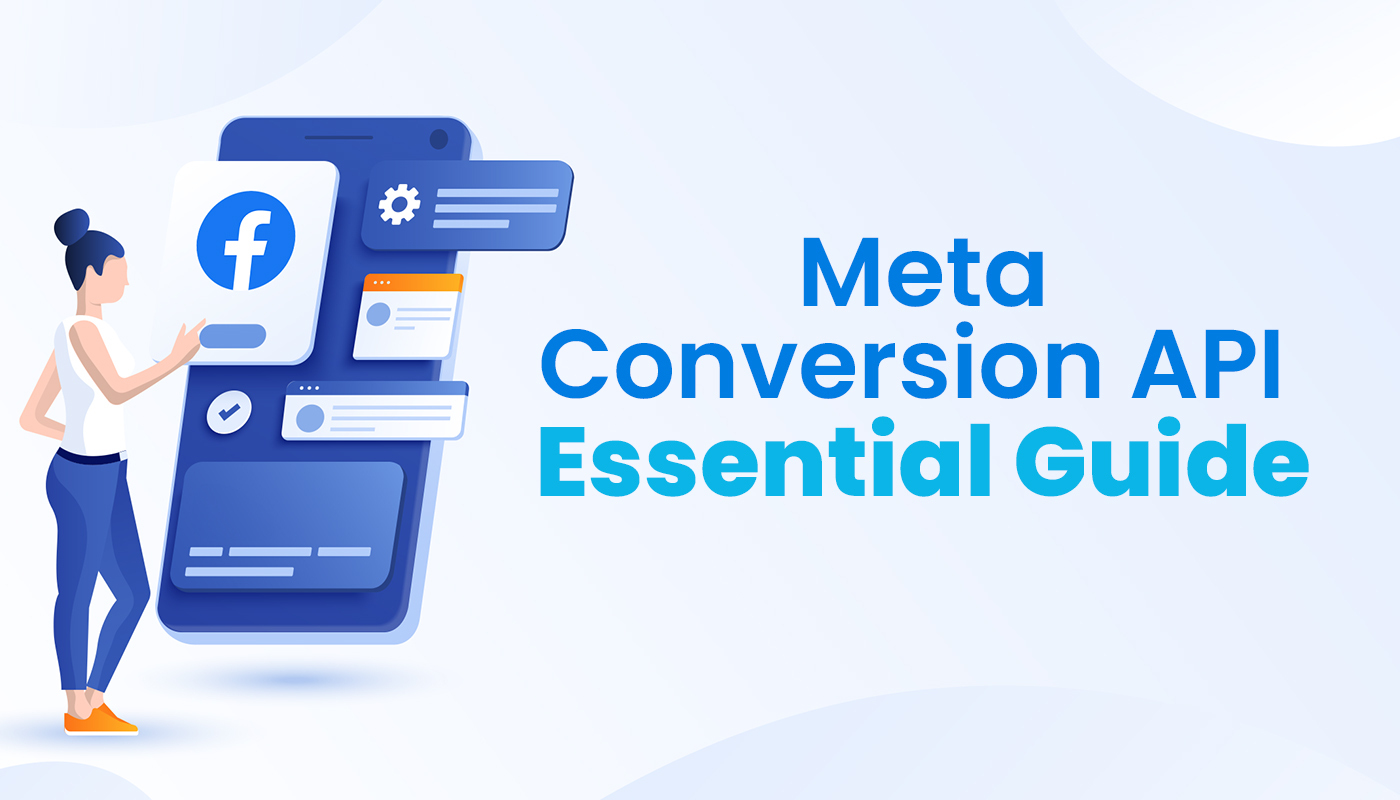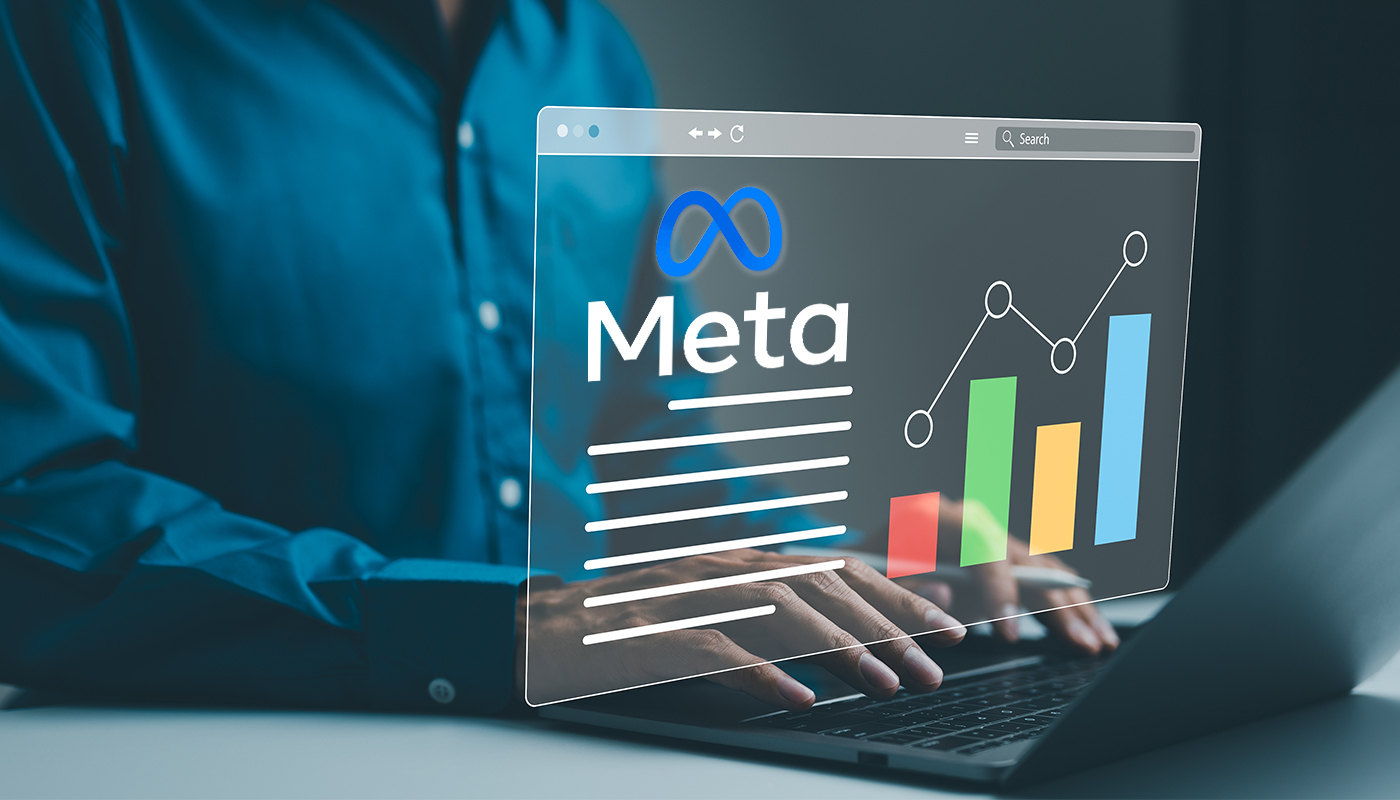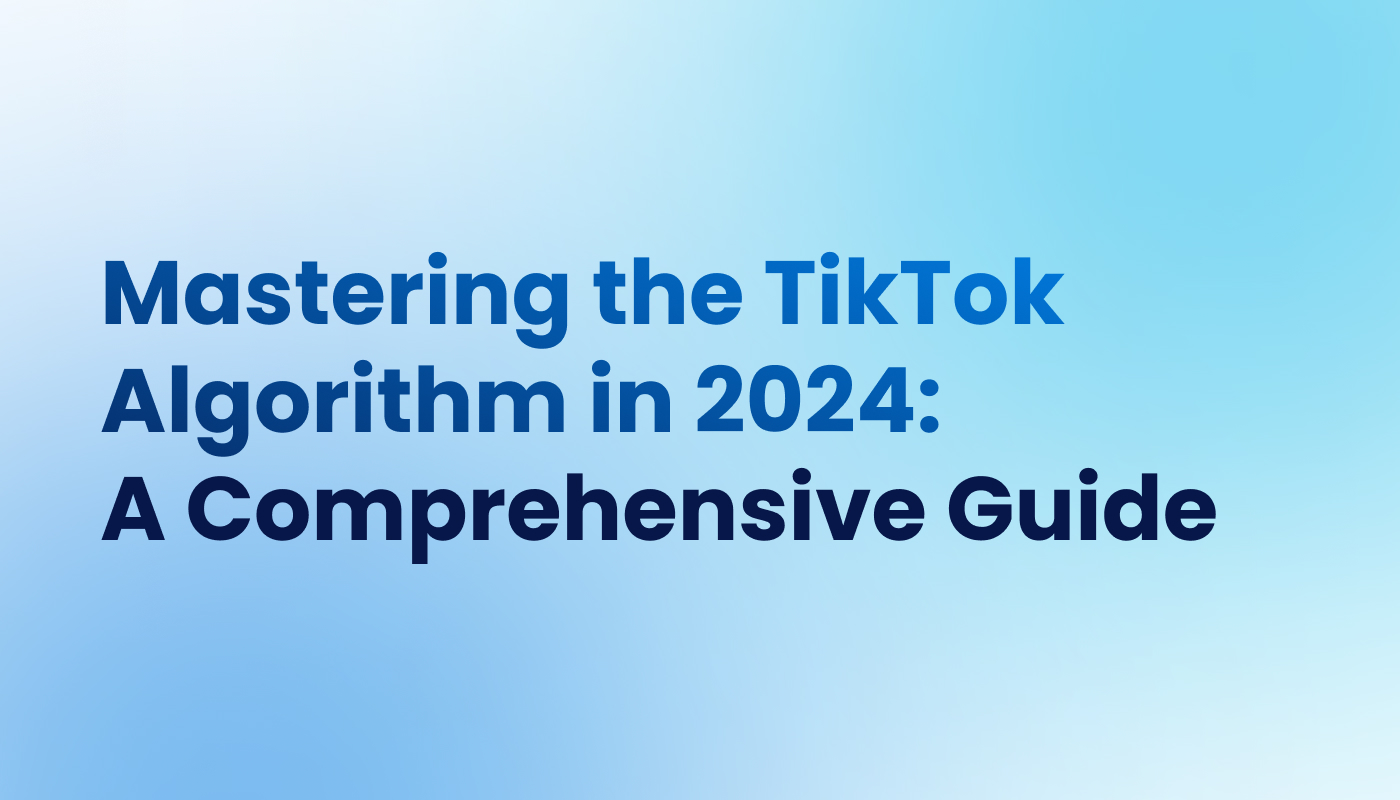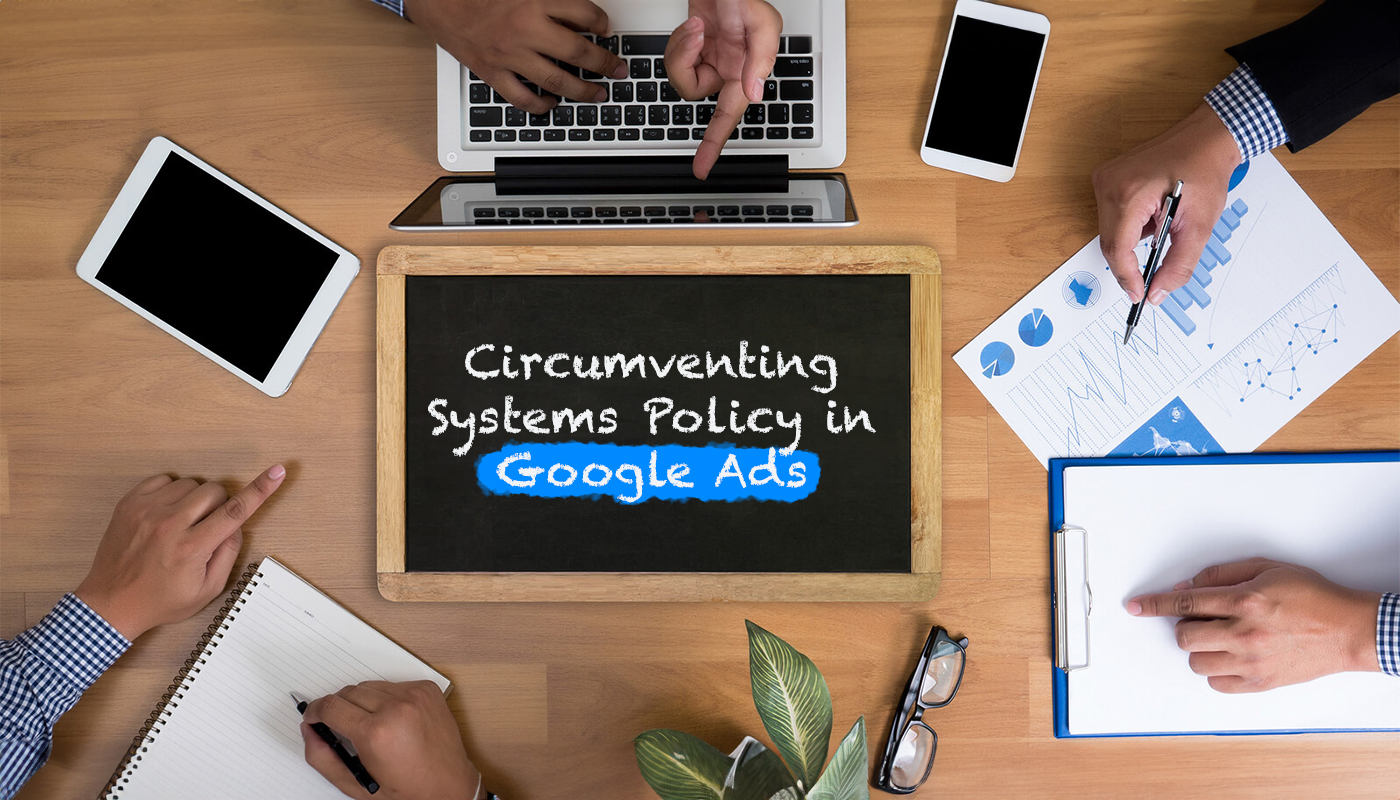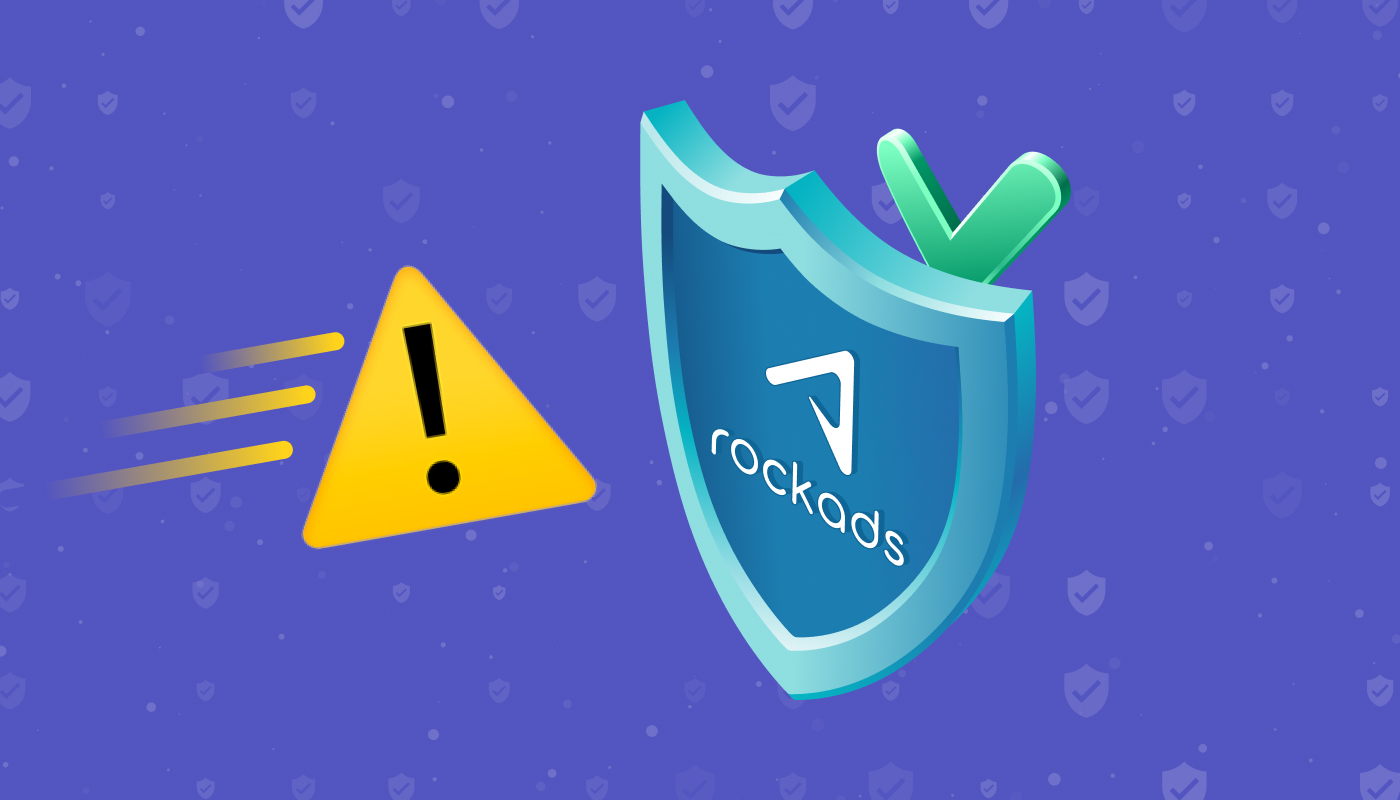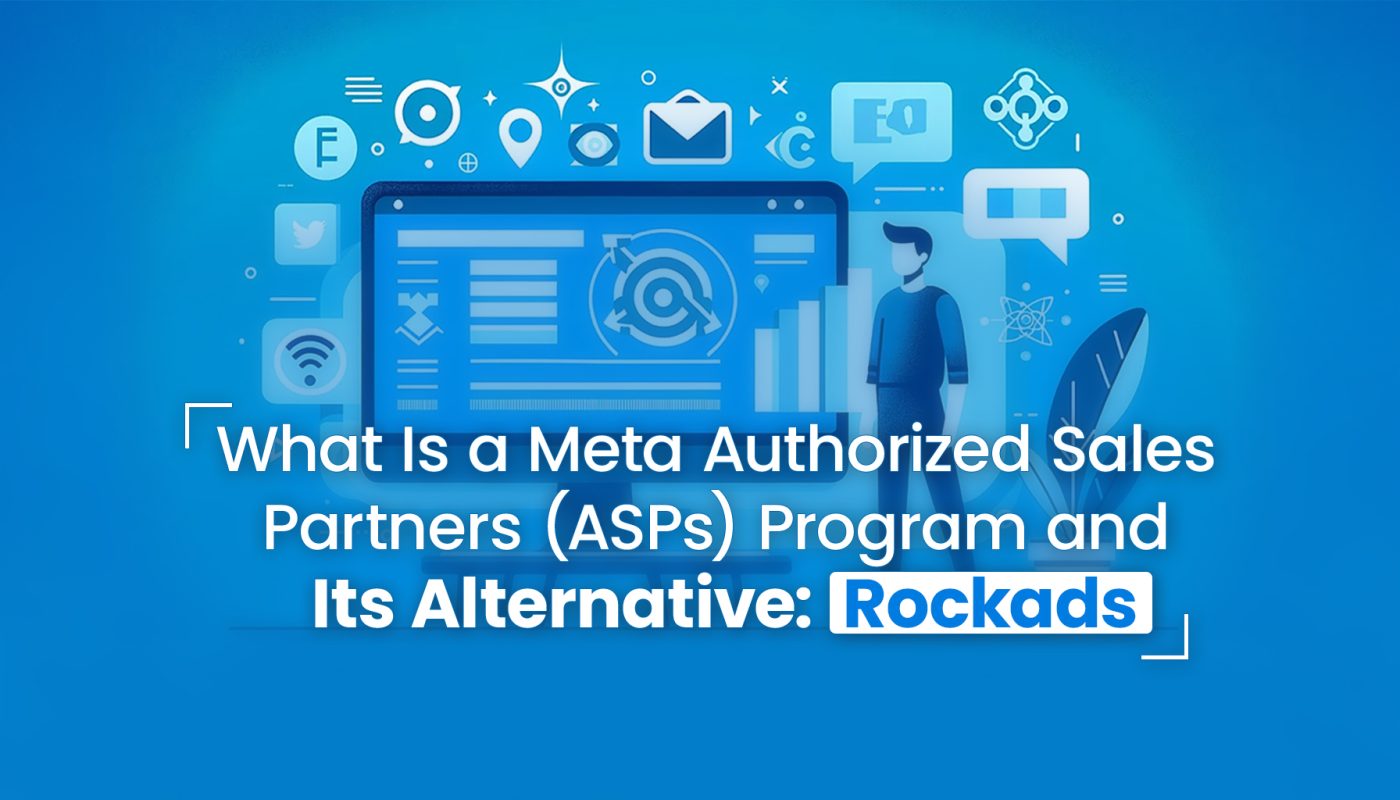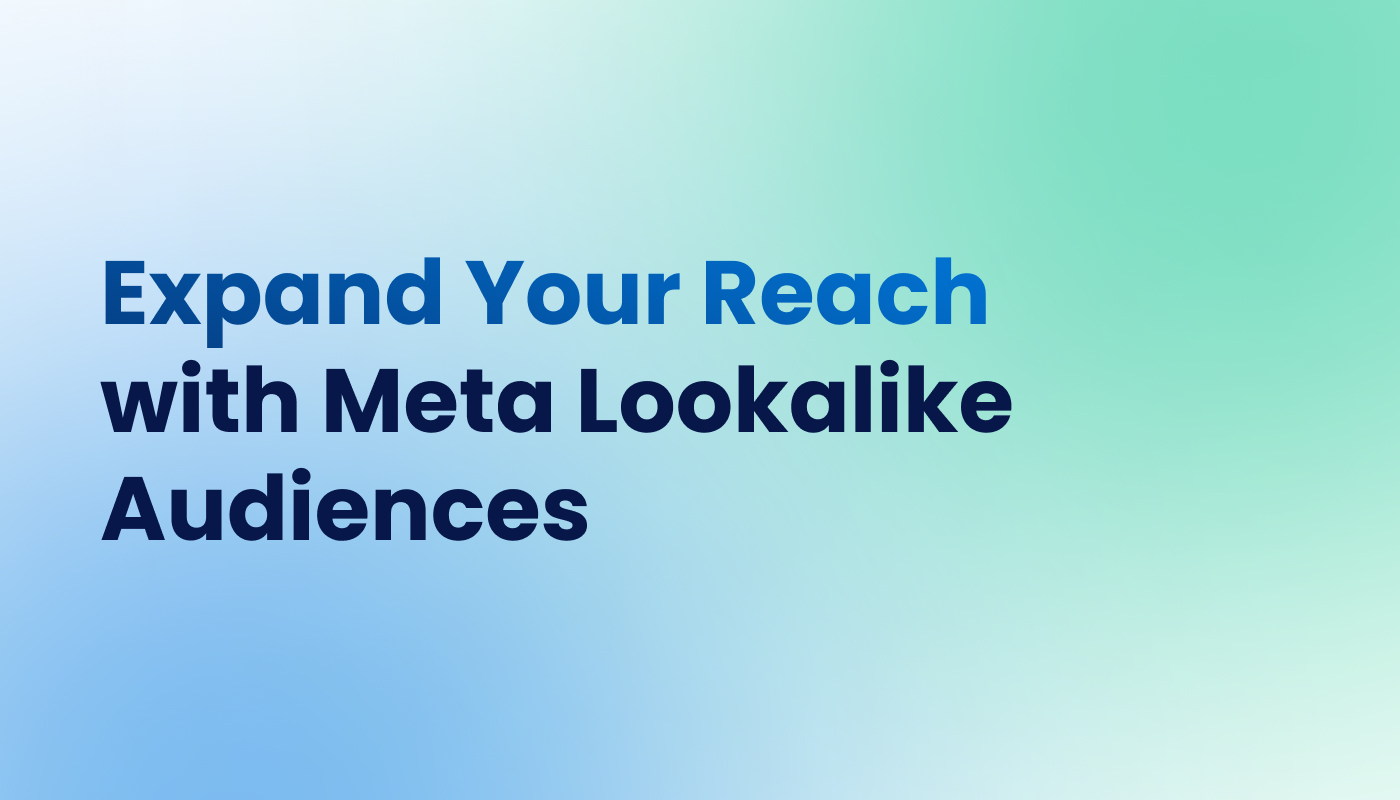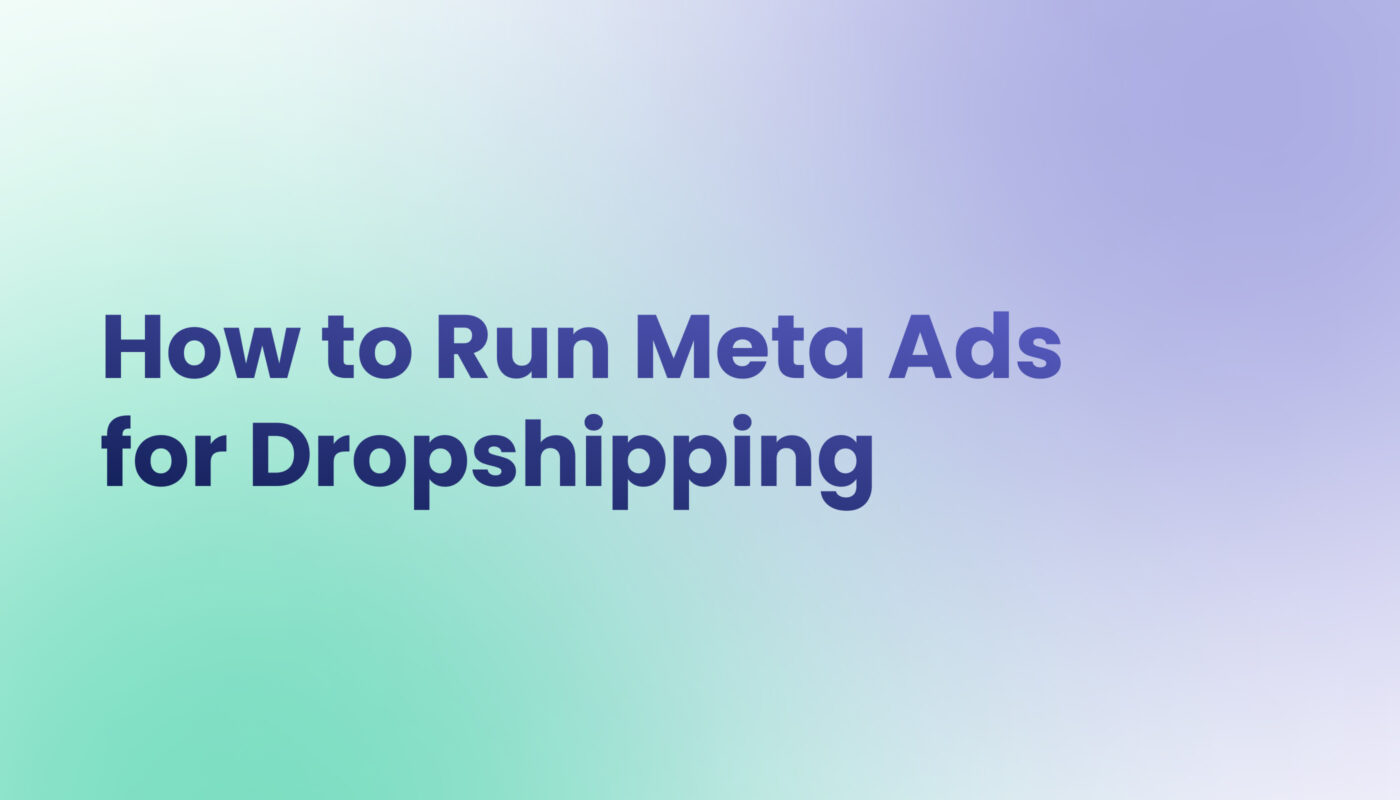
16 September 2024
How to Run Meta Ads for Dropshipping [Step-by-Step Guide]
Meta Ads remain a dominant force in digital marketing, especially for dropshipping businesses seeking to expand their reach and maximize conversions. With its extensive user base and sophisticated targeting capabilities, Meta offers unparalleled opportunities for dropshippers. In this in-depth guide, we’ll explore why Meta Ads are essential for dropshipping, break down their costs, and share advanced strategies to optimize your campaigns and drive substantial growth.
Why Should You Use Meta Ads for Dropshipping?
1. Massive User Base
With over 2.9 billion daily active users, Meta offers a colossal audience that dwarfs other platforms like TikTok (approximately 1 billion users) and Google Ads, which, despite its vast reach, doesn’t match Meta’s level of social engagement and granular targeting. This expansive user base allows dropshippers to reach potential customers globally and locally with exceptional precision.
2. Advanced Targeting Capabilities
Meta’s advertising platform is renowned for its advanced targeting features. Unlike Google Ads, which primarily focuses on search intent, or TikTok, which relies heavily on algorithmic recommendations, Meta allows you to create highly specific audience segments. You can target users based on detailed criteria such as:
- Demographics: Age, gender, education level, and more.
- Interests: Hobbies, preferences, and activities.
- Behaviors: Purchase behavior, device usage, and travel habits.
- Custom Audiences: Upload your customer lists or create audiences from website traffic using Meta Pixel.
This level of detail helps ensure that your ads reach the most relevant prospects, enhancing engagement and increasing the likelihood of conversions.
3. Cost-Effectiveness
One of the most compelling reasons to use Meta Ads for dropshipping is their cost-effectiveness. Meta’s CPC (Cost Per Click) ranges from $0.50 to $2.00, making it a more budget-friendly option compared to TikTok’s CPC ($1 to $3) and Google Ads ($1 to $4). This affordability allows you to start with a modest budget, experiment with different strategies, and scale up as you achieve positive results. Here’s a breakdown of typical costs:
- Cost Per Click (CPC): $0.50 to $2.00, varying by niche competitiveness.
- Cost Per Acquisition (CPA): $10 to $30, influenced by the product type and targeting efficiency.
- Cost Per Result (CPR): Generally ranges from $10 to $30, dependent on product pricing and audience targeting complexity.
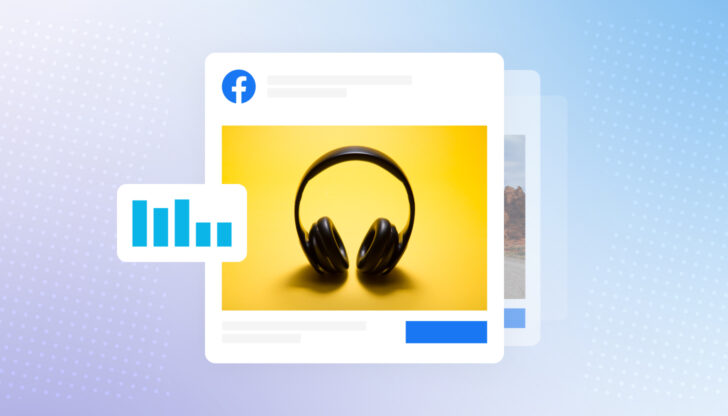
Strategies for Crafting Effective Meta Ads for Dropshipping
1. Targeting Niche Audiences
Effective targeting is crucial for maximizing the impact of your Meta Ads. Focus on creating highly relevant audience segments within your niche to drive engagement and conversions. Utilize Meta’s targeting options to:
- Refine Demographics: Tailor your ads based on specific age groups, gender, and income levels.
- Leverage Interests: Target users who have shown interest in products similar to yours or within the same industry.
- Analyze Behaviors: Reach out to users who exhibit behaviors indicative of purchasing intent, such as frequent online shoppers or those who engage with similar content.
By concentrating on these targeted segments, you can reduce wasted ad spend and increase the likelihood of converting clicks into sales.
2. Optimize Ad Placements
To ensure your ads are seen by the right audience, focus on the most effective placements. Research shows that the Meta Feed and Instagram Feed are where users spend the most time. By concentrating your placements on these feeds, you can maximize engagement and drive more traffic to your dropshipping store.
3. Leverage Meta Pixel
Meta Pixel is an invaluable tool for optimizing ad performance. It tracks user behavior on your website, such as page views, add-to-cart actions, and purchases. Here’s how to make the most of Meta Pixel:
- Implement Separate Pixels: Use distinct pixels for different product pages or sections of your website to gather detailed data and refine targeting.
- Track Key Events: Configure Pixel to track important events like “Add to Cart,” “Initiate Checkout,” and “Purchase” to gain insights into customer behavior and optimize campaigns accordingly.
4. Utilize Dynamic Ads for Retargeting
Dynamic Ads automatically generate personalized content based on user behavior, which is particularly effective for retargeting. These ads adapt to show products that users have previously interacted with, boosting conversion rates and providing a tailored shopping experience. This automation saves time and increases relevance, making it easier to reach users who are already interested in your products.
5. Campaign Budget Optimization (CBO)
Choosing between Campaign Budget Optimization (CBO) and Ad Set Budget Optimization (ABO) can significantly impact your ad performance. CBO allows Meta to allocate the budget dynamically across ad sets based on performance, which is ideal for scaling. Here’s how to use CBO effectively:
- Set a Total Campaign Budget: Determine the overall budget for your campaign, and Meta will optimize the distribution.
- Monitor Performance: Track the results and adjust the budget as needed to ensure optimal allocation.
Conversely, ABO is beneficial when you want precise control over each ad set’s budget, which can be useful for testing specific strategies.
6. A/B Testing for Optimization
A/B testing is essential for refining your ads and maximizing ROI. Create multiple versions of your ad assets, including different images, headlines, and calls to action (CTAs). Test these variations to identify which combinations drive the most engagement and conversions. This iterative approach ensures that you continually improve your ad performance based on real data.
Scaling Your Meta Ads for Dropshipping
Once you have a successful campaign, scaling becomes the next step. Here’s how to effectively scale your Meta Ads:
1. Gradually Increase Your Budget
Avoid making abrupt budget increases, as this can disrupt Meta’s learning phase and negatively impact performance. Instead, increase your budget gradually—by 20-30% every few days—to extend the lifespan of your ad sets and maintain consistent performance.
2. Explore New Lookalike Audiences
Expand your reach by creating Lookalike Audiences based on your existing customer data. Start with a 1% Lookalike Audience, which mirrors the most similar users to your current customers. As you scale, experiment with broader Lookalike Audiences (up to 10%) to discover new potential customers while maintaining a focus on relevance.
3. Duplicate Winning Ad Sets
To scale effectively, duplicate your best-performing ad sets rather than making changes to them. Increase the budget for the new ad sets by 1.5x to 2x and let them run for at least three days. Monitor their performance, and if they continue to perform well, continue the scaling process.
SHARE
